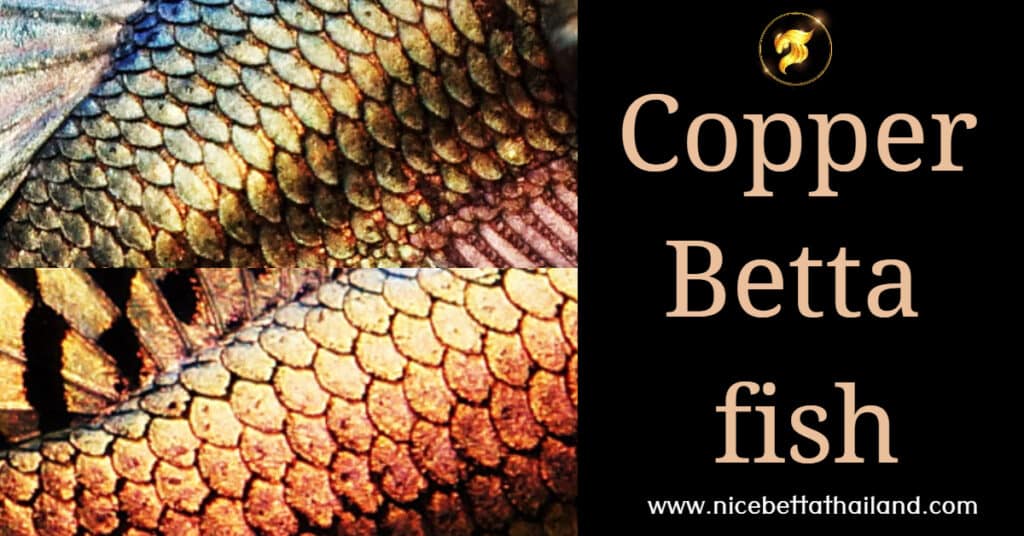Betta fish diseases made suffers from a number of health conditions, but the good news to the keepers of this type of fish is that these health problems can be prevented and also treated. If the infections occur in the aquarium, they can be easily identified and treated effectively.
1. Fin and Tail Rot
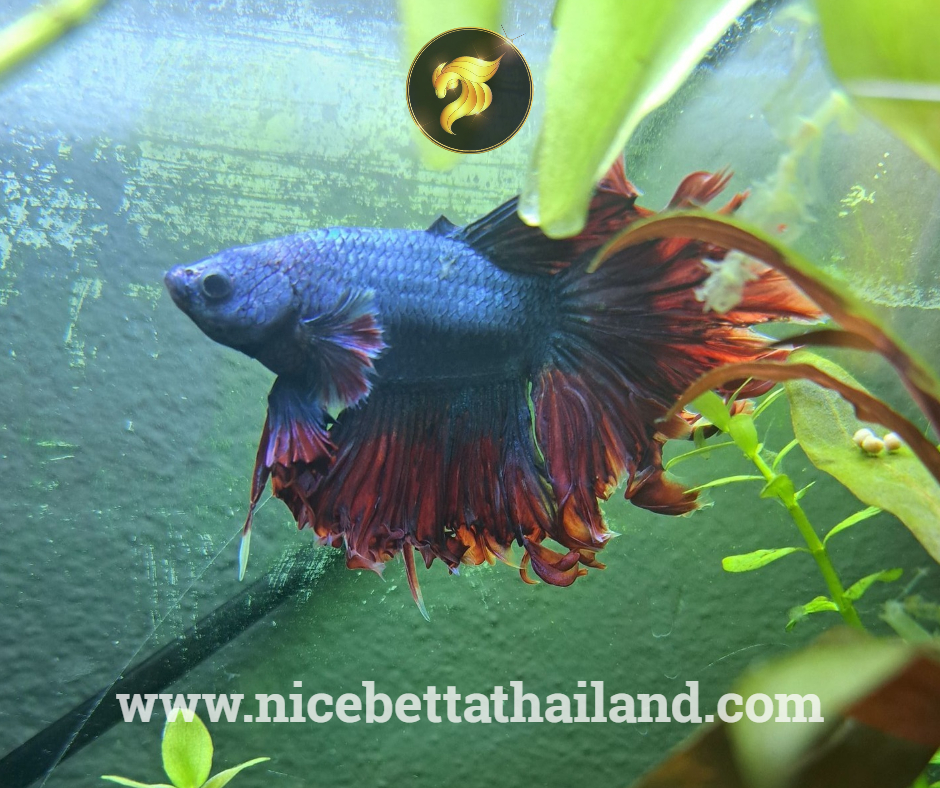
As the name suggests, this disease affects the fins and tail of betta. It can be caused by bacteria or fungi. The fins and tail appear to melt away as a result of rotting.
It can be prevented by keeping the aquarium or living conditions of the fish clean.
Fin and Tail Rot can be treated by medications containing antibiotics, such as trimethoprim, erythromycin and sulfadimidine.
If it is effectively treated, the fatality is medium.
If you have had Fin and Tail Rot affecting your fish, you may have tried medications such as Tetracycline, Jungle Fungus Eliminator (JFE), Maracyn or Melafix. But the truth of the matter is that these medications are not quite effective in treating this infection, and some even kill your fish.
I have had little success with JFE and the other medications showed no success – they even worsened the condition. According to my own experience, the most effective medication for Fin and Tail Rot is Waterlife-Myxazin manufactured by a reputable company.
The medication is itself a 5-day treatment, and it comes with clear instructions on how to use it. The most amazing thing about this treatment is that it starts to give positive results from day one! According to the manufacturer, it can also deal with pop eye, body rot, raised veins, ulcers, ‘redness’, cloudy eyes and other health conditions.
If you have the Fin and Tail Rot disease or the related infections in your aquarium, I would encourage you to go for this medication. I have been using it since I discovered it in 2010 and I have had no disappointments with it.
Fin rot betta symptoms :
Depending on the severity of the infection, the signs may vary:
- Mild fin rot: slightly ragged fins, brownish fin edges
- Moderate fin rot: large fin disintegration, receding fin tips, black or red tattered edges, fuzzy growth on the fins
- Severe fin rot: Massive loss/chunks of fins missing, bloody fin bases, increased inflammation and redness, open sores on fins, body rot.
Fin rot betta causes :
- It’s usually caused by poor water quality.
- Common stressors such as overcrowding, higher bio load, and overfeeding/underfeeding can also weaken the fish’s immune system, thus making them susceptible to the disease.
- Fin rot can also develop as a symptom of a fungal infection or other illnesses.
Fin rot betta treatment :
- Maintaining clean water and ideal parameters can treat mild and moderate fin rot. Daily water changes are effective.
- For optimum results, add aquarium salt.
- In severe cases, medicate your betta using Fritz’s Maracyn 2 or Seachem’s KanaPlex.
More info : Treating fin rot
2. Columnaris
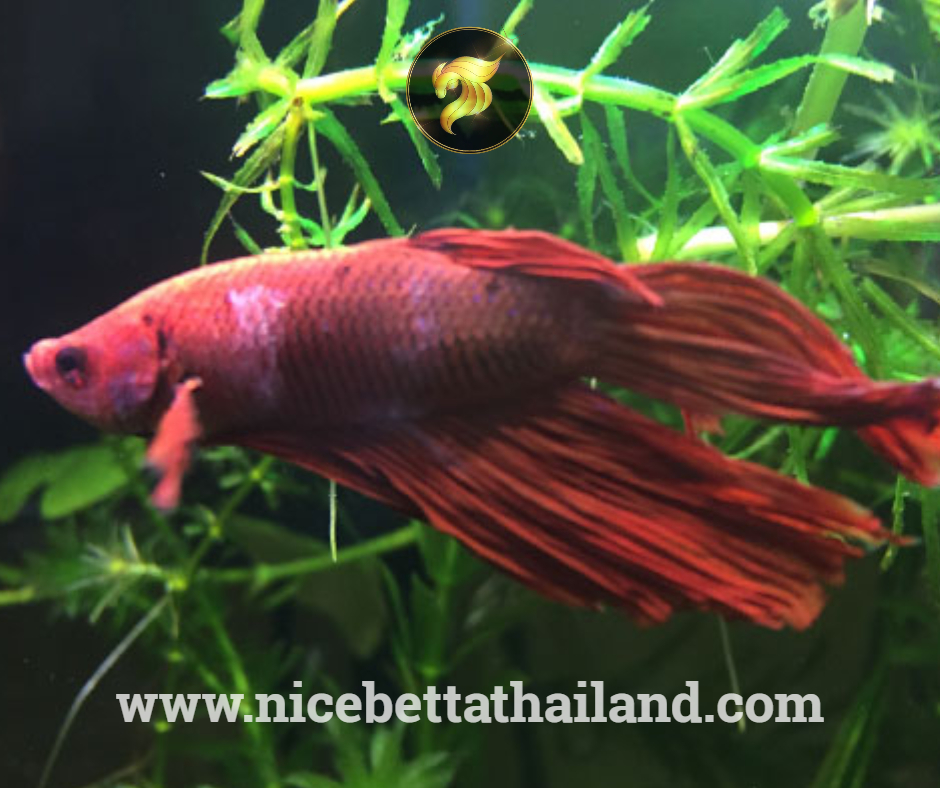
This is a bacterial disease that causes the fins to rag and fray. It also causes skin ulcers or lesions, white spots on the mouth, cottony growth on the mouth, scales and fins, and gills discoloration. The fish can have breathing difficulties as a result of the gill infection.
The sickness can be prevented by treating open wounds and fungal infections. It can also be prevented by avoiding factors, such as limited oxygen, water hardness and overcrowding in the aquarium.
Columnaris can be treated by Oxytetracycline and antibiotics containing Sulfa 4 TMP, TMP Sulfa and triple sulfa.
If the infected fish is not treated, it can die in less than 72 hours.
How to know your betta fish sick
3. Hemorrhagic betta fish
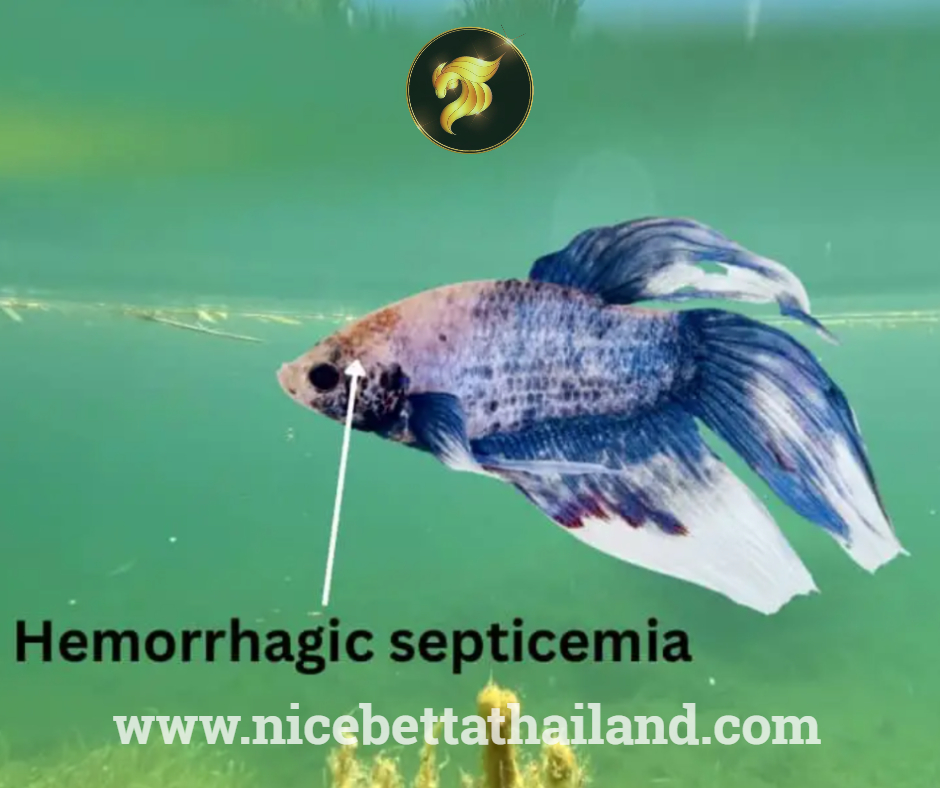
Commonly known as Redmouth, Hemorrhagic causes serious bleeding inside the mouth and eyes of the fish.
The disease can be prevented by disinfecting the aquarium to kill Yersinia Ruckeri, which is the bacteria causing the illness.
The treatment of Hemorrhagic is possible with antibiotics such as ampicillin.
The infection is treatable, which means that the fatality is low.
Hemorrhagic betta symptoms :
Septicemia can be hard to diagnose on red-colored betta fish.
- Dark red outlined blood vessels along the fin tips and under the scales
- Red marks may also be noticed around the mouth
- Lethargic behavior
- Refusal of food
- Unstable swimming pattern
Hemorrhagic betta causes :
- Internal bacterial infection in the bloodstream
- Adding new tankmates without quarantining can spread the disease
- Poor water conditions
- Feeding infected food, mainly live food
- Chronic stress
Hemorrhagic betta treatment :
- Higher nitrite concentration can also cause redness or streaks under the scales. To rule out this possibility, perform a water test.
- Keep your water pristine quality.
- Unless the underlying issue is known, it’s difficult to suggest medication. However, you can go for Minocycline (Maracyn II). It’s used for treating a broad spectrum of bacteria and has some decent success rates for curing Septicemia.
- Kanaplex is another highly recommended medication.
4. Dropsy
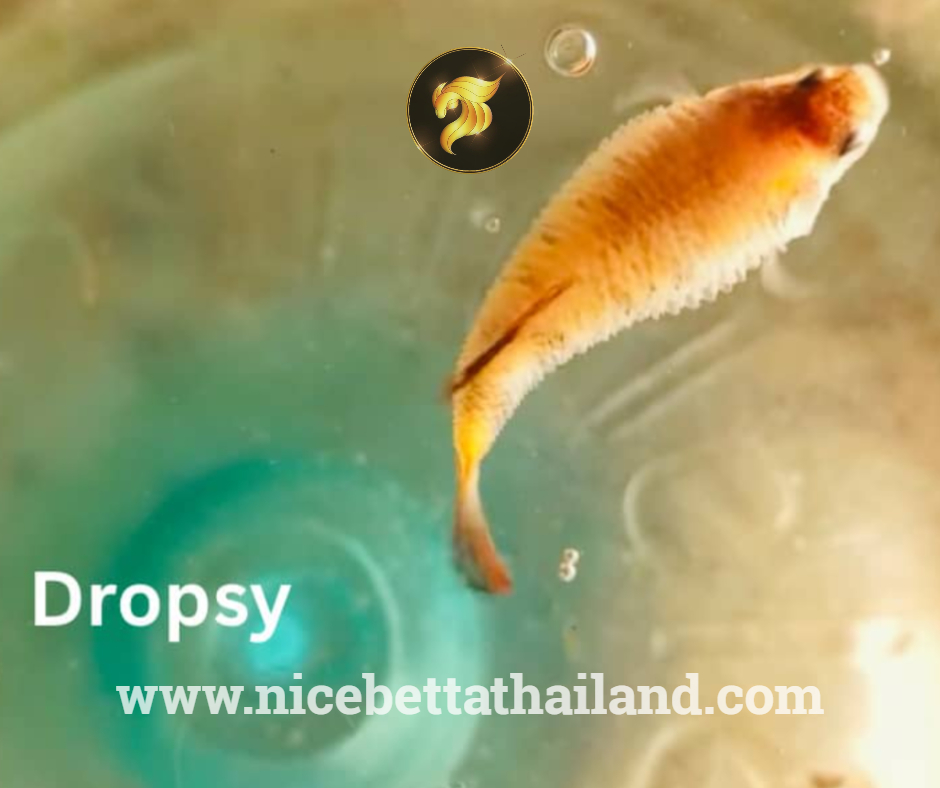
This is a deadly ailment that affects the kidneys. The infected fish can have swollen abdomen as a result of accumulation of internal fluid.
Some more symptoms include; outward-sticking scales and sunken eyes.
The bacterial infection can be prevented by keeping the aquarium clean. It can also be prevented by feeding fish with vitamins-rich foods.
There is no known cure for Dropsy but medications, such as Betta Revive, can help with the condition.
Most fish that suffer from Dropsy do not survive.
Dropsy Symptoms :
- Extreme swelling in the abdominal area
- Betta scales sticking out like a pinecone
- Loss of appetite and hindered ability to swim
- Fish stay closer to the surface for oxygen
Dropsy betta causes :
- Kidney failure in bettas (that lead to dropsy or excess water retention) can be caused by a virus, bacteria, or parasitic infection.
- Poor nutrition, environmental or genetic factors can also be responsible for the condition.
Dropsy betta treatment :
- While dropsy is not always treatable, antibiotics or Epsom salt in a hospital tank are known to produce positive results.
- Recommended antibiotics for dropsy include SeaChem’s KanaPlex (or any other kanamycin-based medication) or Mardel Maracyn II.
More info : How to treat Dropsy in Betta fish and Protect your betta fish from Dropsy
5. Pop Eye betta fish
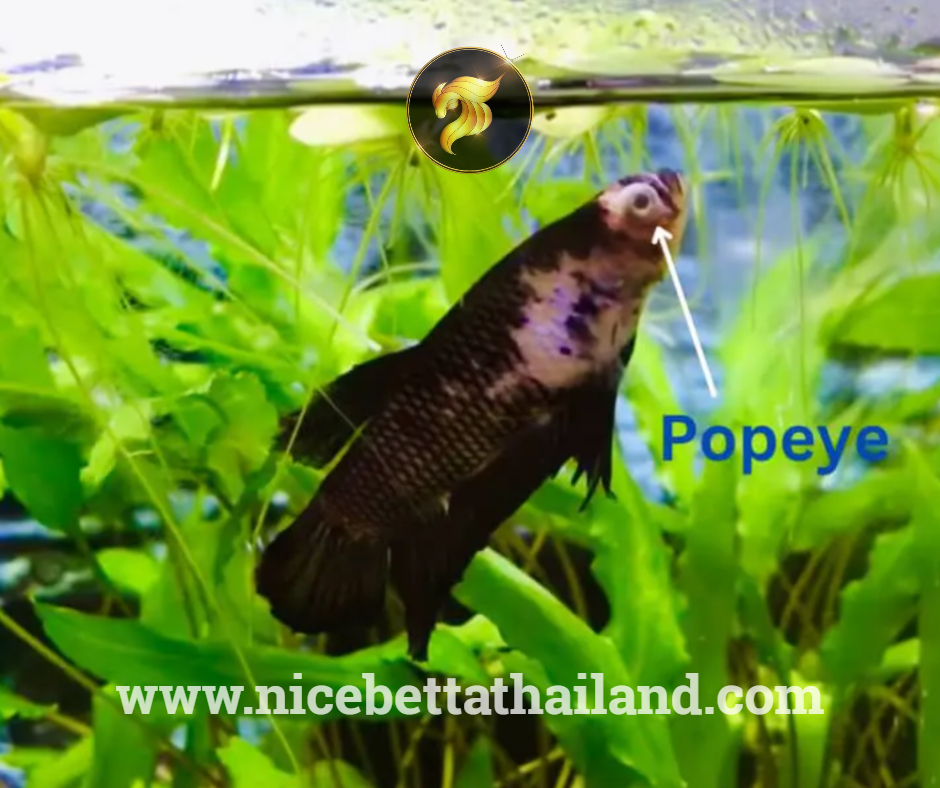
This disorder causes swelling on one or both eyes. The swelling can be a tumor or viral infection.
Pop Eye is usually a symptom of a disease and can be avoided by preventing infections in the aquarium.
Antibiotics such as Tetracycline can cure the ailment.
Most fish that suffer from Pop Eye survives at the end.
Popeye betta Symptoms :
- Bulging eye.
- Protrusion of one or both eyeballs.
- Cloudiness of the eyeball.
- Expansion of the eye sockets
- Eye rupture
Popeye betta cause :
- Prolonged exposure to poor water quality.
- A result of injury or bacterial infections.
- Sometimes, Popeye can be a sign of Tuberculosis, a fatal fish disease.
Popeye betta treatment :
- First of all, test your water parameters. Ammonia and nitrite should be at 0 ppm, nitrate below 20 ppm, and pH at 7.0
- If the test reading measures elevated toxins, carry out water changes.
- Give your betta a salt bath treatment.
- If Popeye results from an injury, your betta will heal on its own as long as the condition doesn’t lead to secondary infection.
- Lastly, when nothing seems to work, take the help of antibiotics – Maracyn II or Kanaplex.
More info : How to Prevent and Treat Popeye in Betta Fish: 10 Steps
6. Eye cloud betta fish
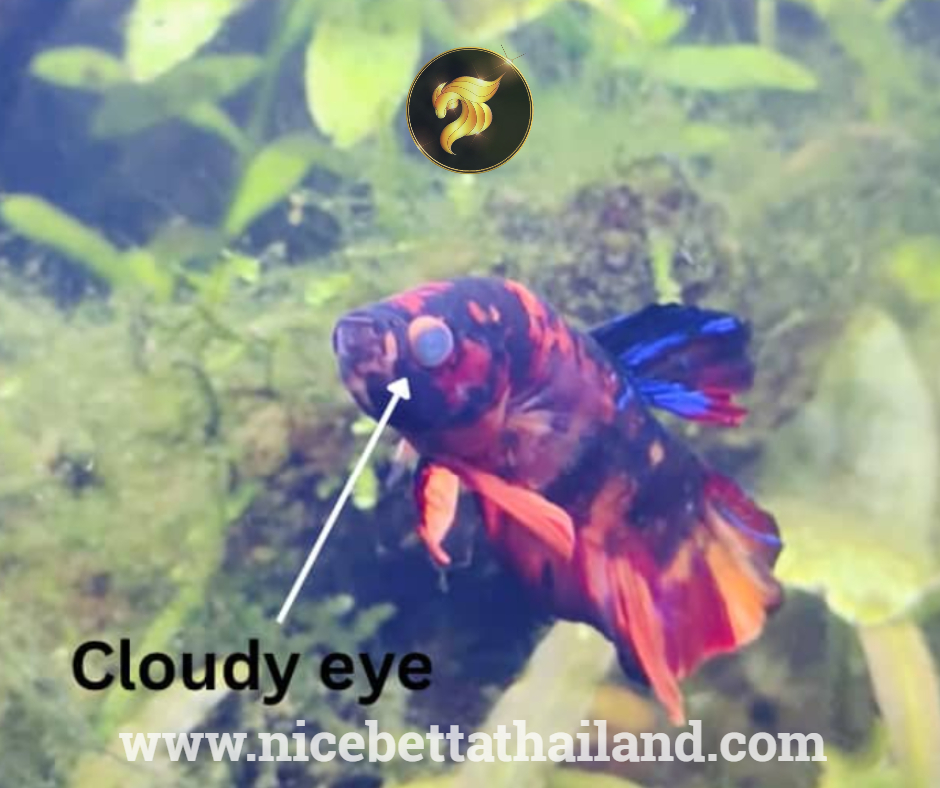
Commonly known as Cloudy cornea, this disease causes white films on the eyes.
It can be prevented by improving the quality of water. A water conditioner is needed to make the water safer for the aquatic animal.
Eyecloud can be treated by antibiotics such as Metafix and Fungus Clear.
The bacterial sickness is not fatal but can impair vision.
Eye clound betta causes :
- Cloudy betta eyes can be caused by chemical imbalances, bacterial infection, internal parasites, nutritional deficiencies, or a physical eye injury.
Eye clound betta treat ment :
Treating cloudiness involves addressing the underlying cause and taking preventive measures accordingly. However, if you feel clueless, do this:
- Conduct a water test to ensure toxins aren’t running high
- Perform daily water changes
- Get rid of stressors (if any)
- Give your betta an Epsom salt bath
- If the problem persists or worsens, consult a veterinarian for an accurate diagnosis and tailored treatment plan.
7. Mouth Fungus
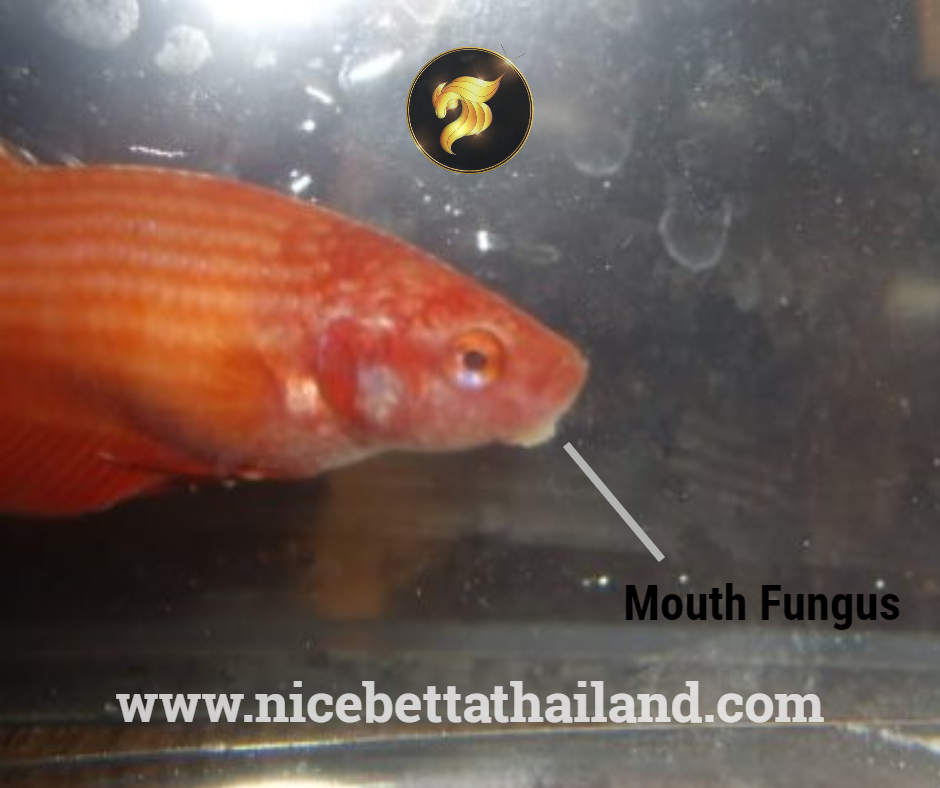
This is actually a bacterial disease, and it causes white lines and clumps around the lips and mouth of the fish.
It can be avoided by keeping the water clean.
Amoxicillin as an antibiotic can cure Mouth Fungus.
The infected fish cannot survive if the illness is not treated early enough.
Mouth fungus symptoms :
- Gross signs of Columnaris disease include frayed fins, depigmented lesions on the skin, and necrotic gill lesions.
- Secondary fungi infections appear as cottony growth or grayish-white patches around the head or mouth.
- Another distinctive symptom of Columnaris is the development of a raised lesion on the back, like a saddle on the fish’s body.
Mouth fungus causes :
- Stress conditions and poor water quality (high nitrite levels and organic load)
Mouth fungus treatment :
- Columnaris can be cured using antibiotic bath treatment. Use Kanamycin and Nitrofurazone together. Kanamycin is found in Seachem Kanaplex, and Nitrofurazone is found in either Jungle Fungus Clear Fizz tabs or Furan-2.
- You need at least 2 rounds of treatments.
- It’s best to have the antibiotics in the tank for 7-10 days to mitigate the infection from your betta’s system.
- Salt bath treatments can be used for disinfecting water contaminated by F. columnare.
- For severe infections, you may require systemic antibiotic therapy.
Let’s Learning Your Medications for Bettas
8. Furunculosis
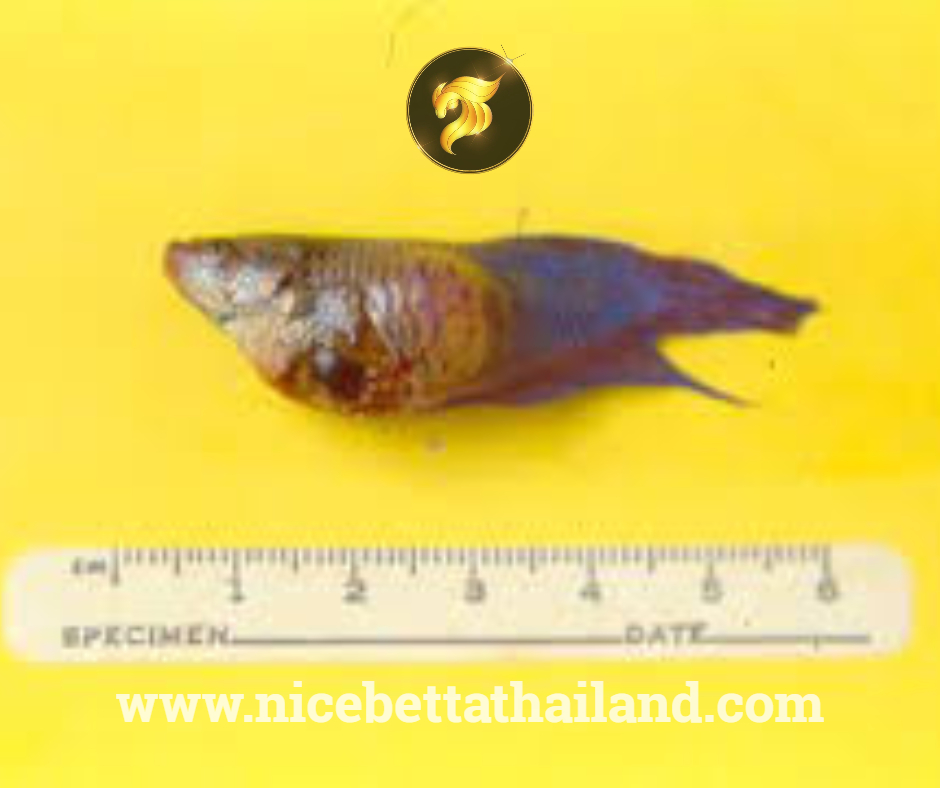
The symptoms of Furunculosis include skin ulcers and open red sores.
Improving water quality can effectively prevent the disease.
Fungus Clear as an antibiotic can treat this bacterial ailment.
Furunculosis can kill fish that doesn’t receive treatment in time.
Furunculosis symptoms :
- Betta fish Furunculosis can be caused by various factors, including infections, Bacterial, or poor water quality.
Furunculosis causes :
- Betta fish will have a swollen belly. and have inflammation which will be seen as red on the abdomen
Furuculosis treatment :
- Keep the water clean
- Add seasalt in to the jar 1 teaspoon for 2 litter water.
- Stop to feeding until he back to normal and can start to feed.
9. Fungus betta fish
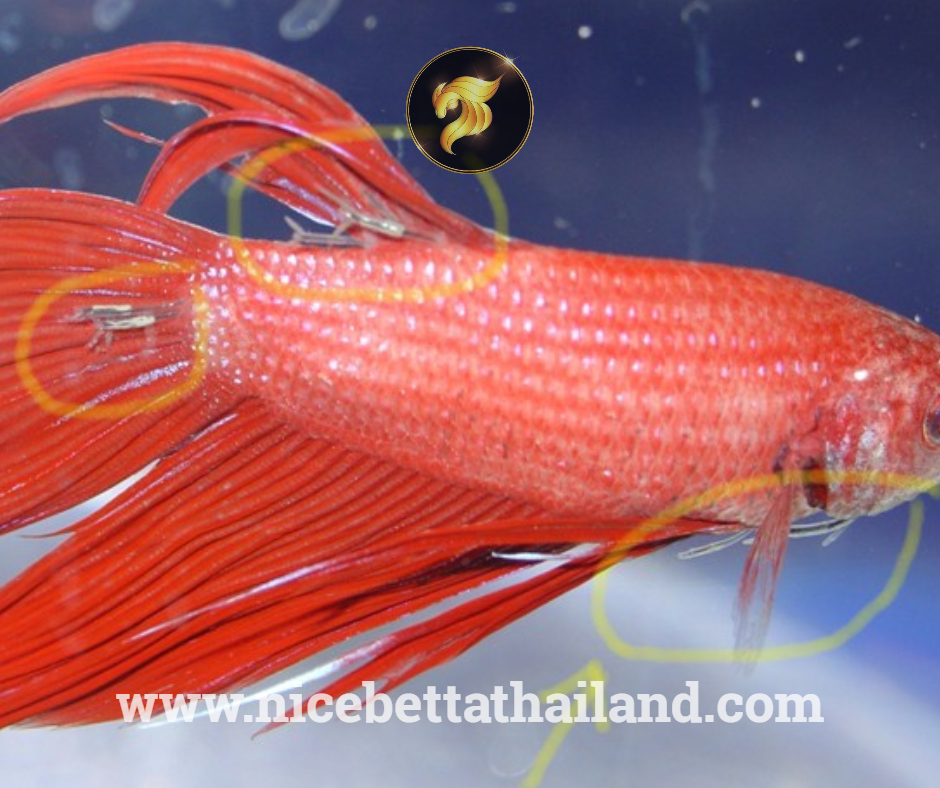
This is a fungal disease that originates from previous infections. The affected betta usually has cotton-like growths or slime (mucus) on the skin.
It can be prevented by avoiding primary infections and injuries and keeping the aquarium clean.
Antibiotics such as Methylene Blue and Fungus Clear can cure Fish Fungus. It can also be treated effectively by the Bettafix Remedy mentioned below.
The sickness can become fatal if it is not treated early enough.
Fungus symptoms :
- Gross signs of Columnaris disease include frayed fins, depigmented lesions on the skin, and necrotic gill lesions.
- Secondary fungi infections appear as cottony growth or grayish-white patches around the head or mouth.
- Another distinctive symptom of Columnaris is the development of a raised lesion on the back, like a saddle on the fish’s body.
Fungus causes :
- Stress conditions and poor water quality (high nitrite levels and organic load)
Fungus treatment :
- While dropsy is not always treatable, antibiotics or Epsom salt in a hospital tank are known to produce positive results.
- Recommended antibiotics for dropsy include SeaChem’s KanaPlex (or any other kanamycin-based medication) or Mardel Maracyn II.
Let’s Learning Your Medications for Bettas
10. Velvet
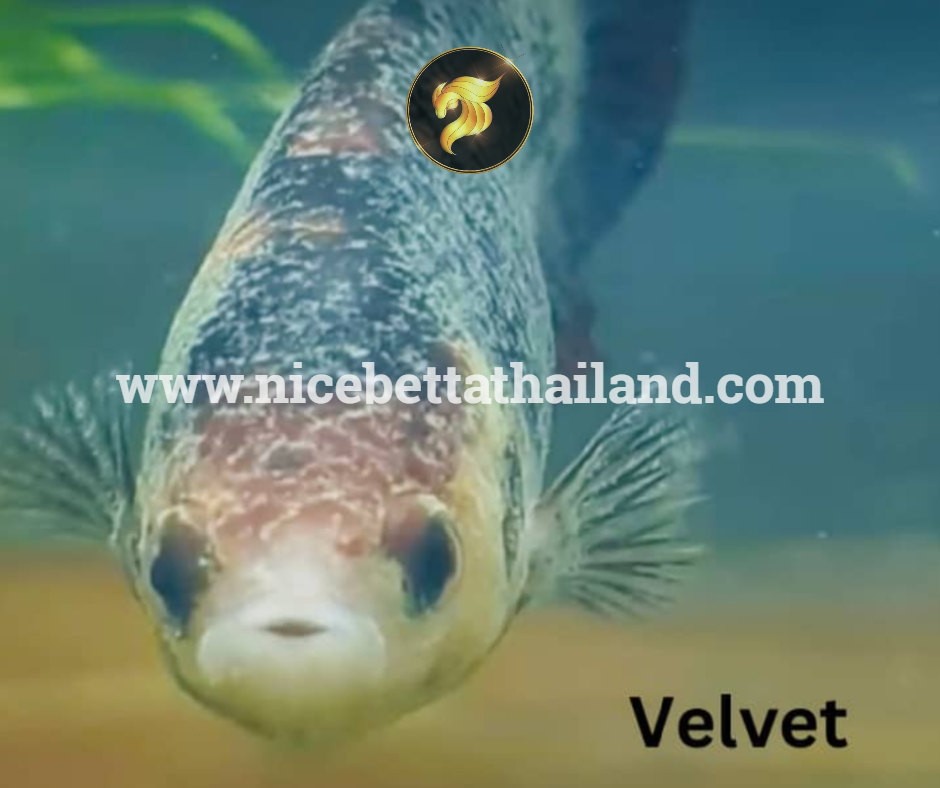
Siamese fighting fish infected with Velvet appears to have a rusty skin.
The parasitic disease can be prevented by improving the quality of water and ensuring the living conditions are stress-free. Water conditioners are some of the best substances to improve the living conditions.
It is highly contagious but it can be treated fully by Bettafix Remedy. Manufactured by Aquarium Pharmaceuticals, this medication consists of curing components such as sodium chloride, copper sulfate, acriflavin, formalin, sulfa 4 TMP, methylene blue and malachite green.
With all these healing components, this remedy can also be used to treat all the other diseases, illnesses, sickness and disorders listed on this article. I have been keeping bettas for almost 15 years, and I have seen this medication heal my aquatic pets. I recommend that you use it to prevent, control and treat many ill-health conditions.
If Velvet is not treated early enough, the infected fish dies in a matter of days.
Velvet Symptoms :
- Velvet-infected betta fish appears brownish-gold with a rust-like dusting on the body, fins, and/or gills. It causes the betta to lose its slime coat.
- You may also find your betta rubbing against objects to itch their bodies to get parasites off.
- Other signs include lethargy, clamped fins, and respiratory distress.
Velvet causes :
- Velvet disease in bettas is caused by ongoing stressors, such as poor water quality and prolonged exposure to colder water temperatures.
Velvet treatment :
- Medicate your fish using Mardel’s CopperSafe. Copper-based anti-parasite medicines are usually effective against gold dust disease.
- A week-long blackout (complete darkness) is particularly helpful in eradicating the parasite as it partly depends on photosynthesis.
- Raise the temperature to 80 degrees Fahrenheit
- Discontinue carbon filtration during treatment.
Let’s Learning Your Medications for Bettas
11. Ich
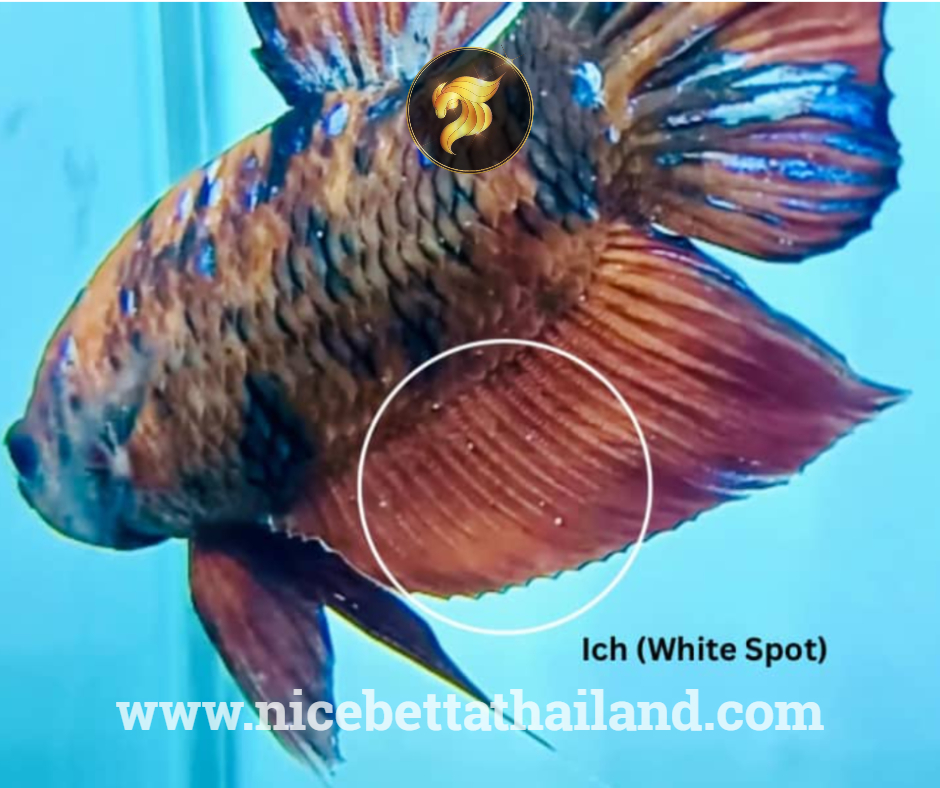
Also known as White Spot, Ich or Ick is a parasitic disease that causes white dots or spots on the skin of betta fish.
It can be prevented by changing the water regularly.
The sickness can be treated by Fish-zole, Malachite Green or salt baths.
It is very easy to deal with the illness if treatment starts early.
Ich signs and symptoms :
- The most noticeable sign of Ich infection is tiny crystals on the body and fins, like someone has sprinkled salt on the betta.
- Other symptoms may include loss of appetite, rapid breathing, fish rubbing their bodies on decor items or gravel, lethargy, and hiding behavior.
Ich causes and contributing factors :
- Stress
- Contagious companions
- Poor water quality
Ich treatment :
- Quarantine your betta fish.
- Gradually increase the tank’s temperature up to 81-86 degrees Fahrenheit.
- Warm water holds less dissolved oxygen, so consider adding an airstone.
- Add aquarium salt to the aquarium or use strong medications such as Rid Ich Plus, Ich-X, or Mardel Copper Safe.
- Perform daily water changes.
NOTE: Do not stop the treatment early, even if the Ich seems to be gone.
More tip info HOW TO CURE ICH IN BETTA.
12. Anchor Worms
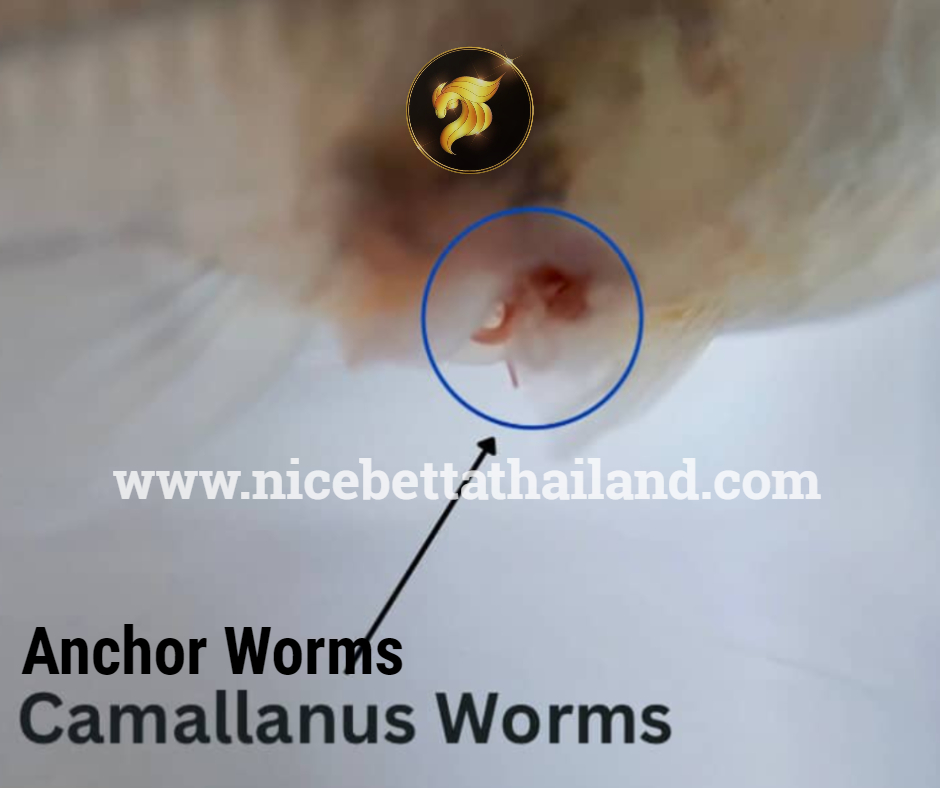
This is a parasitic disease that attacks the tail or fins. The affected parts appear red and swollen and have protruding worms and threads of slime.
It can be prevented by treating any newly infected fish and keeping the water clean.
Some antibiotics such as Methylene Blue and Parasite Clear can cure the disease.
The ailment can become fatal if it is not treated early enough.
Anchor Worms Symptoms :
- Early or mild infections can be hard to diagnose because often there are no noticeable symptoms.
- On the other hand, severe Camallanus infections can lead to small thread-like reddish brown worms sticking out of the betta anus. Mature worms are a couple of millimeters long.
- Other symptoms of Camallanus worms in betta include, abdominal bloating, wasting, and disinterest in food.
Anchor cause :
- Infected betta fish foods, especially live feeds like crustaceans, can contaminate an entire tank.
Anchor treatment :
- Fritz Expel-P, a deworming medication, contains levamisole as an active ingredient and has proven to be effective in curing Camallanus infections in bettas.
- These medications paralyze the worms, pushing them out of the gut and into the aquarium. After 24 hours of medicating the tank, thoroughly clean the substrate to remove the worms.
- Due to the Camallanus lifecycle, usually, three treatments are required to eliminate the parasite, each one week apart.
Let’s Learning Medications for Bettas
13. Hole in the Head

Betta infected with Hole in the Head have an abrasion on the head that looks like a pinhole.
The parasitic infection can be prevented by cleaning water off carbon.
Parasite Clear is an antibiotic that can cure the disease.
The infected fish usually dies after a few days if it is not treated early enough.
Hole in the head Symptoms :
- Early signs include small sores or pin-holes on the betta head or above the eyes. If left untreated, these cavities can lead to increasingly larger lesions over time.
- Other symptoms include white, stringy feces, subdued coloration, and betta fish losing appetite.
Hole in the head Causes :
- Poor living conditions like overstocking, inadequate filtration, lack of water changes, and improper nutrition are major contributing factors to hole-in-the-head disease.
Hole in the head Treatment :
- Metronidazole (sold as Flagyl) is the primary medicinal treatment for HLLE. Medicated food is most effective, but if your betta fish has stopped eating, you can add metronidazole directly into the water.
- Remove all activated carbons from the filtration system during treatment.
- Maintain optimal water conditions followed by regular water changes.
- Feed your fish a balanced, protein-rich diet. (Recommend with Nice Betta Pro pellet)
- Get rid of environmental stressors (if any). or put some live plant for fish.
Let’s Learning Your Medications for Bettas
14. Swim Bladder Disorder
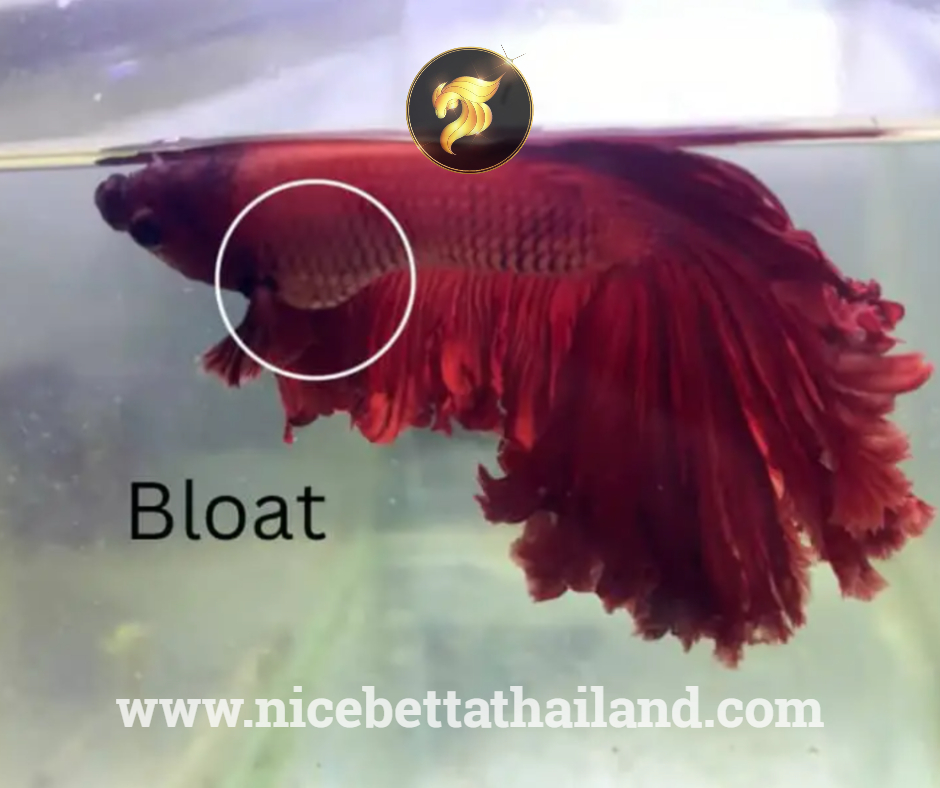
Also known as flipover, this disorder forces the fish to float at the surface of the water. The affected fish swims sideways or upside-down and can also lie at the bottom of tank. It is caused by constipation, poor water conditions, parasite or bacterial infections and enlarged organs.
It can be controlled by maintaining a high quality water, avoiding overstocking and feeding the fish with the right amount of fresh and fiber-rich foods.
When it comes to the treatment, the swim bladder disorder can be stopped by raising the water temperature, letting the fish fast for some days and then feeding them with cooked peas.
Swim Bladder Disorder Causes :
- Betta fish Swim bladder disorder can be caused by various factors, including infections, genetics, injury, or poor water quality.
Swim bladder disorder Treatment :
- If your betta fish bloat results from overfeeding, fast your fish.
- Feed blanched, shelled-free peas if your betta fish is constipated (producing stringy feces).
- Maintain optimal water quality.
- In extreme swelling causes, slightly increase the water temperature and add Epsom salt to the tank.
- If you suspect the cause of bloating is due to infection, medicate your betta with Maracyn II antibiotic. Incase if no have antibiotic can use seasalt to reduce fish stress preliminary first
Let’s Learning Your Medications for Bettas
15. Betta Tumors
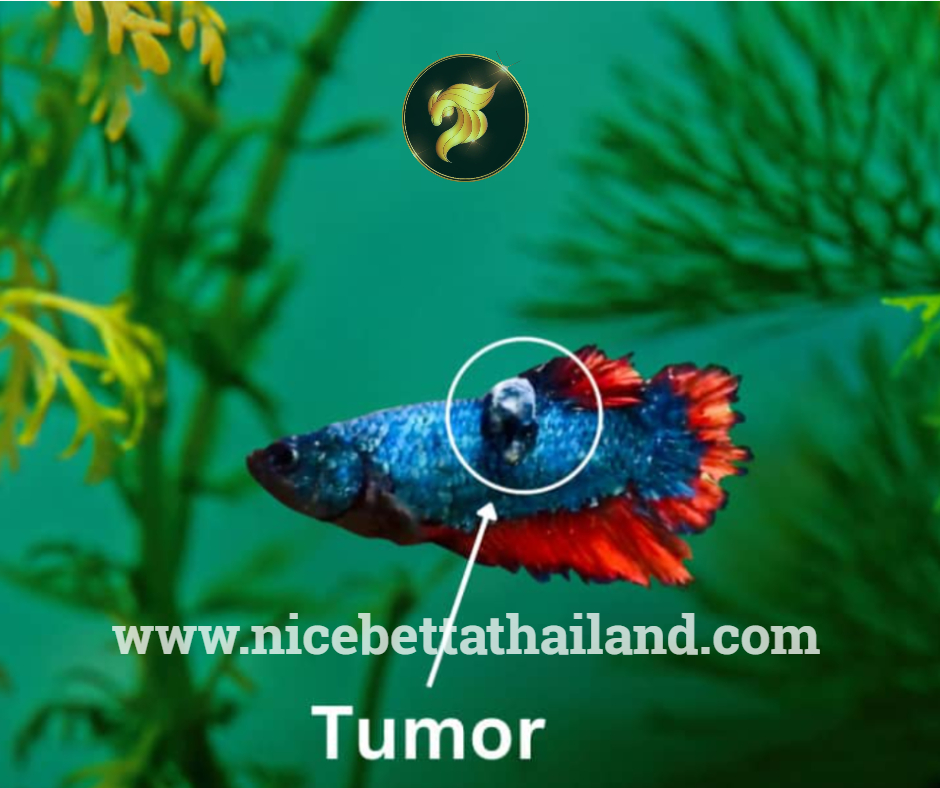
Betta tumors are usually cancer lumps or minor bumps under the skin of the fish. They mainly affect the reproductive organs, gills, tail and abdomen, and are caused by genetic mutations and viral infections.
The tumors can be controlled by feeding the fish with healthy foods, maintaining a clean tank, treating other infections and keeping carcinogenic substances away from the tank.
As far as treatment is concerned, the malignant tumors can be hard to cure, but some simple surgical operations can help. The benign tumors can be treated in a number of ways depending on the cause the lump or bump.
Tumor Symptoms :
- Lumps on the betta fish body and fins
- Progressive tumors affect the betta fish’s ability to eat and swim, resulting in a rapid decline in overall health.
- Internal betta tumors symptoms are hard to diagnose
Tumor Causes :
The exact causes of betta fish tumors are not well understood, but genetic predisposition, unfavorable environment, and viral infections may contribute to the disease.
Tumor Treatment :
- Unfortunately, most cancers found in betta fish have no cure or treatment.
- Some tumors are treatable, such as gill tumor, which is caused by a thyroid problem and can be cured by Epsom salt or medicated baths.
- Tumors on internal organs are not detected until the advanced stages when it is too late to save the betta fish.

Conclusion
Now you have it. With this information, you can keep betta without any worries. Some fish can develop behavioral conditions, such as stress, lethargy and poor appetite, but you shouldn’t be worried about these short-lived conditions, especially if your fish is new in the aquarium.
Important: If you haven’t found a solution for your fish yet, do not fail to check the comments, questions and answers below!
Let’s Learning Your Medications for Bettas
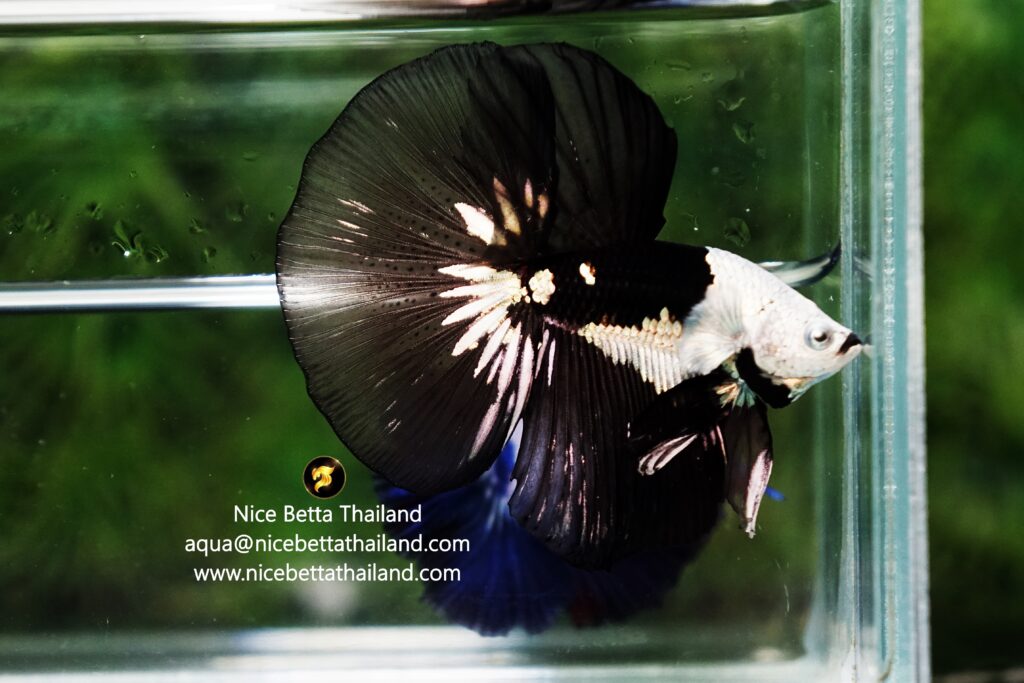
Also we have group talk about betta fish for sale and share any new tip take care information on Web3 socialFi group

Right now we have betta fish doctor help every bettas lover by top breeder in Thailand to cure or share more tip on Animalverse social
If your bettas fish sick or need tip to treat help or join event prize with AVC Token
Let’s join the group many top breeder will help to answers in betta fish community
Benefits Of Tannins Or Blackwater For Bettas.
How Good And Bad Is Aquarium Salt For Betta Fish
Disadvantages of Betta Fish Bowls
The most expensive betta fish in the world.
All of Betta Fish A Guide on Patterns, Color in the world



